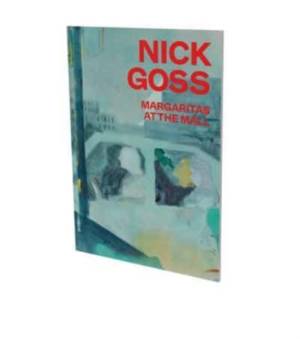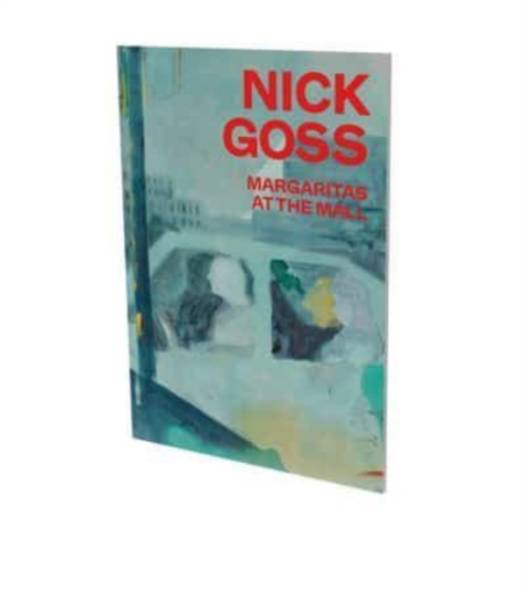
- Afhalen na 1 uur in een winkel met voorraad
- Gratis thuislevering in België vanaf € 30
- Ruim aanbod met 7 miljoen producten
- Afhalen na 1 uur in een winkel met voorraad
- Gratis thuislevering in België vanaf € 30
- Ruim aanbod met 7 miljoen producten
Zoeken
Nick Goss: Margaritas at the Mall
Cat. Cfa Contemporary Fine Arts Berlin
Kristian Vistrup Madsen
Paperback | Engels
€ 31,95
+ 63 punten
Omschrijving
In his new paintings Nick Goss seems to aim at the modus of memory; how at any given time it necessarily contains more than one place, more than one logic. On the other hand it's easy to read Goss's works within the logic of the modernist collage, or the cubist compulsion for cutting up. In his canvas "Last of England," a throng of people are trapped in Weimaresque fashion as if inside a shattered mirror--a bag, a scarf, something carried under an arm, all pieces on the same flat plane. But spend more time with them and the effect is not, as in Ho¨ch's surreal assemblages or Kirchner's brash streetscapes, one of alienation, or disorientation. I see the people in Goss's new paintings rather, in Burial's words, as strangers silently believed in, invested with grace. Fragmentation in these works, then, might better be understood, like in music, as a kind of sampling. There's humour in the detachment, as there is, in Goss's paintings, always something more to what we see, however flat or rotten or wasted it may seem. It was fun at the bowling alley until it wasn't anymore... Right?
Specificaties
Betrokkenen
- Auteur(s):
- Uitgeverij:
Inhoud
- Aantal bladzijden:
- 24
- Taal:
- Engels
Eigenschappen
- Productcode (EAN):
- 9783864423642
- Verschijningsdatum:
- 5/05/2022
- Uitvoering:
- Paperback
- Formaat:
- Trade paperback (VS)
- Afmetingen:
- 203 mm x 279 mm
- Gewicht:
- 127 g

Alleen bij Standaard Boekhandel
+ 63 punten op je klantenkaart van Standaard Boekhandel
Beoordelingen
We publiceren alleen reviews die voldoen aan de voorwaarden voor reviews. Bekijk onze voorwaarden voor reviews.











